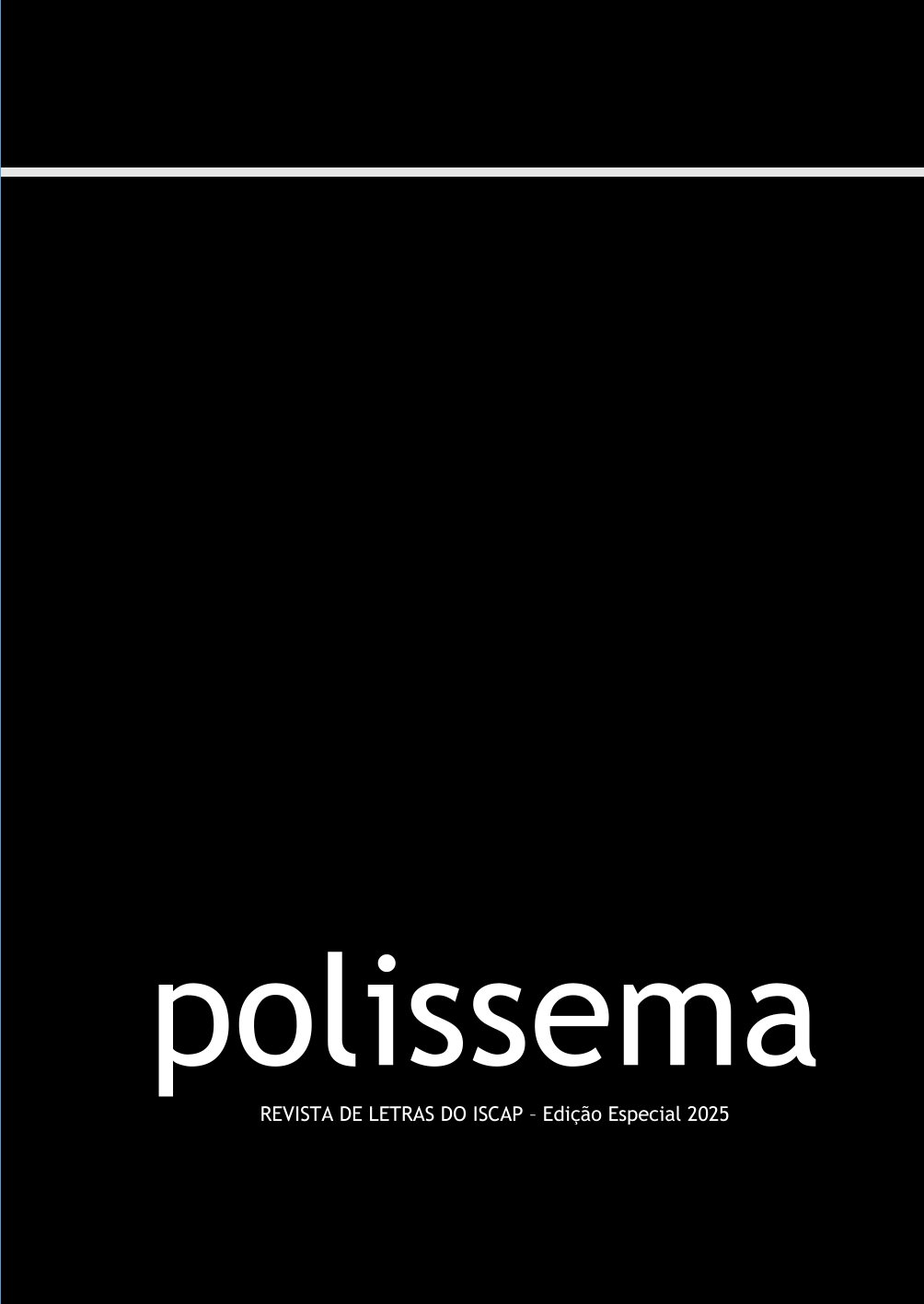DO WE NEED TO TRANSLATE THE ILIAD AGAIN AND AGAIN? REFLECTIONS ON THE PERTINENCE OF MORE TRANSLATIONS
DOI:
https://doi.org/10.34630/polissema.v1i25.6090Keywords:
Iliad, translating classics, types of translation, artificial intelligence, chatgptAbstract
This paper aims to consider the reasons why Homer’s Iliad has been so translated along the history and why we feel the need to produce more new translations of such a unique work. We will use an excerpt of the story, an assembly of Gods looking at Troy, and some English and Spanish translations of the 20th and 21st centuries, including translations made by artificial intelligence, to find out the reasons of those translations in both languages. Adapting the text to the times, preserving its status as a classic and the creativity that the work inspires, all these seem the most evident reasons to keep translating the Iliad.
References
Abritta, A. (2022). Problemas metodológicos y teóricos para una nueva traducción de la Ilíada. El hilo de la fábula. Universidad Nacional del Litoral, Argentina. julio-diciembre, 2022. vol. 20, núm. 24, págs. 7-22.
Abritta, A. (2023). La repetición en las traducciones homéricas: consideraciones teóricas y análisis de casos. Literatura: teoría, historia, crítica, vol. 25, núm. 2, 2023, págs. 61-80.
Abritta, A. (trad). (2023). Ilíada. https://www.iliada.com.ar/
Alexander, C. (2016). On Translating Homer's Iliad. Daedalus, Vol. 145, No. 2 (Spring 2016), pp. 50-58. MIT Press.
Armstrong, R. H. (2008). Classical Translations of the Classics: The Dynamics of Literary Tradition in Retranslating Epic Poetry. In Lianeri, A & Zajko, V. (eds) Translation and the Classic. Identity as Change in the History of Culture. Oxford University Press, pp. 169-202.
Arnold, M. (1905). On Translating Homer. John Murray.
Balmer, Josephine. (2006). What comes next? Reconstructing the classics. In Bassnett, S. & Bush P. The Translator as Writer. Continuum, pp. 184-195.
Bergua Cavero, J. (2017). La Ilíada de A. García Calvo o la voluntaria marginalidad de un clásico. In Zaro J.J. y Peña, S. De Homero a Pavese: Hacia un canón iberomaricano de clásicos universales. Edition Reichenberger, pp. 5-15.
Bonifaz Nuño, R, (trad) (2005). Ilíada. UNAM.
Borges, J. L. (1932). Las versiones homéricas. Discusión. Manuel Gleizer Editor, pp. 64-68.
Butler, S. (trad). (2005). Iliad. Icon Classics.
Crespo, E. (trad) (1991). Ilíada. Gredos.
Crespo, E. y Piqué, J. (2012). Las traducciones de Homero en América Latina. As traduções de Homero na América Latina. In Maquieira, H. & Fernández, C. N. (eds). Tradición y traducción clásicas en América Latina. Universidad Nacional de La Plata.
Crespo, E. (2006). La traducción de obras literarias clásicas grecolatinas. Actas de las primeras Jornadas hispanoamericanas de traducción literaria.
Fernández Galiano, M. (1963). La Traditio Homérica. In Gil, L. (ed.) Introducción a Homero. Ediciones Guadarrama, pp. 91-155.
Fitzgerald, R. (trad) (1974). Iliad. Anchor Press/Doubleday
García Blanco, J. y Macía Aparicio, L. M. (eds. y trad) (2019). Ilíada vol. II: Cantos IV-IX. CSIC.
García Calvo, A. (trad) (1995). Ilíada. Editorial Lucina.
Gil, L. (1963). La lengua homérica. In Gil, L. (ed.) Introducción a Homero. Ediciones Guadarrama, pp. 161-181.
Green, P. (trad) (2015). Iliad. University of California Press
Haubold, I. (2007). Homer after Parry: Tradition, Reception, and the Timeless text. In Graziosi, B. & Greenwood, E. Homer in the twentieth century. Between World Literature and the Western Canon. Oxford University Press, pp. 27-46.
Lattimore, R. (Trad). (1951). Iliad. The University of Chicago Press
López Eire, A. (trad) (1989). Ilíada. Cátedra. https://archive.org/details/homeroiliada0000anto/mode/2up?view=theater.
McCrorie, E. (trad). (2012). Iliad. Johns Hopkins University Press.
Monro, D. B. y Allen T. W. (eds.) (1920) Homer Vol. I. Iliad (Books I-XII). Oxford University Press.
Murray, A. T. (trad) (1924). Iliad. Willian Heinemann.
Murray, A. T. (trad.) y Wyatt, W. F. (rev) (1999). Iliad. Harvard University Press.
Parry, A. (1971). The Making of Homeric Verse the Collected Papers of Milman Parry. The Clarendon Press.
Pope, A. (trad) (1949). Iliad. Oxford University Press.
Segalá y Estalella, L. (trad) (1927). Obras Completas de Homero. Montaner y Simón.
Steiner, G. (ed). (1996). Homer in English. Penguin.
Steiner, G. (1980). Después de Babel. Aspectos del lenguaje y la traducción. Fondo de Cultura Económica.
Steiner, G. (2004). Homer in English translation (363-375). En Fowler, R (Ed.) The Cambridge Companion to Homer. Cambridge University Press.
Temprano García, M. (trad) (2023). Ilíada Liberada. (Trad. de la Iliad de S. Butler). Blackie Books.
Verity, A. (trad) (2012). Iliad. Oxford University Press.
Wilson, E. (2013). Reseña de Homer’s Iliad. Translated by Anthony Verity. Translation and Literature, 22 (2013), pp. 249–91.
Wilson, E. (trad) (2023). Iliad. W. W. Norton & Company, Inc.
Winter, T. N. (1975). A New Prescription for a Lens to Homer: Review of Robert Fitzgerald's Translation of The Iliad. Faculty Publications, Classics and Religious Studies Department. 19. U. of Nebraska. https://digitalcommons.unl.edu/classicsfacpub/19.
Downloads
Published
How to Cite
Issue
Section
License
Copyright (c) 2025 POLISSEMA – ISCAP Journal of Letters

This work is licensed under a Creative Commons Attribution-NonCommercial-NoDerivatives 4.0 International License.


